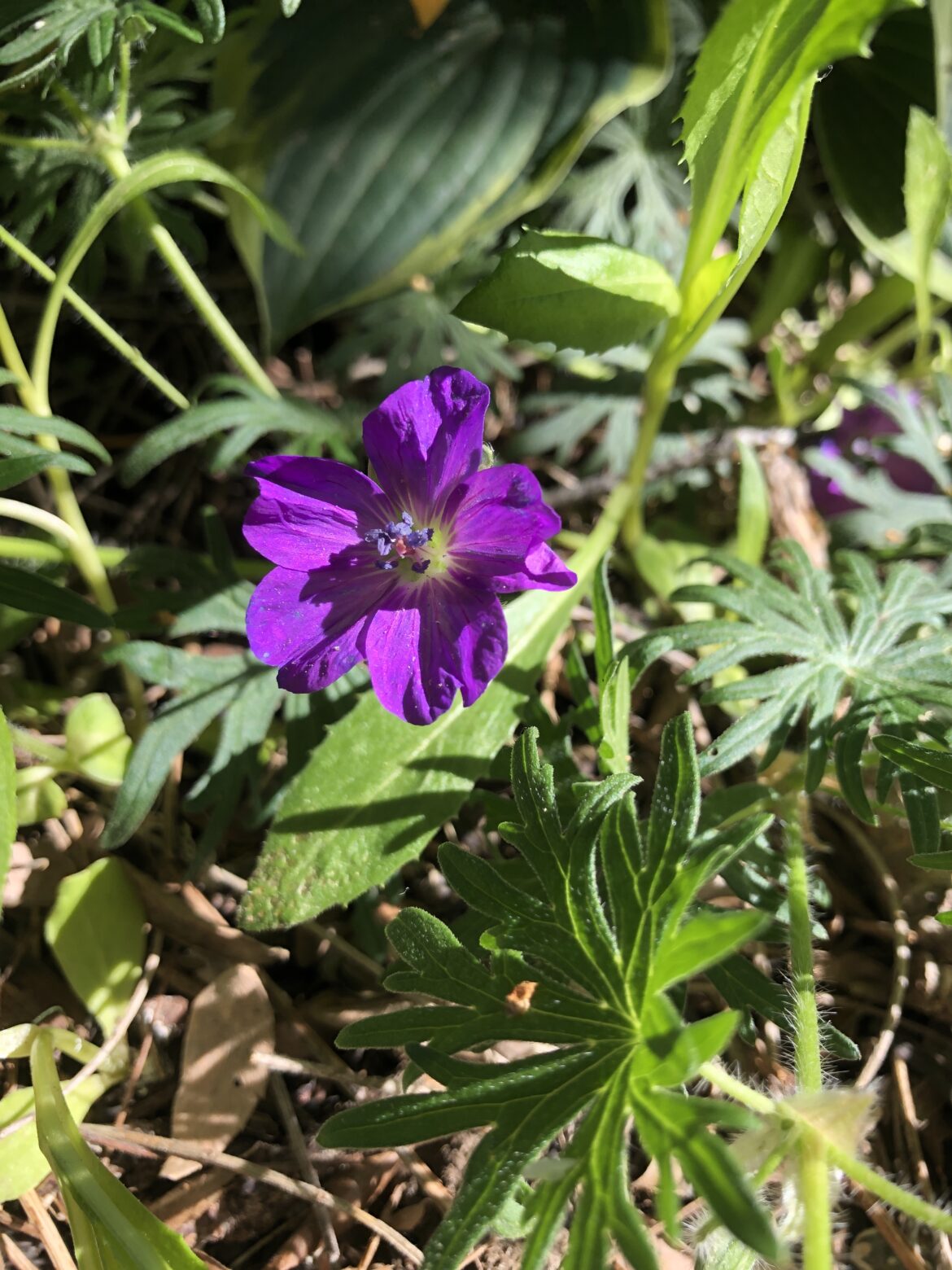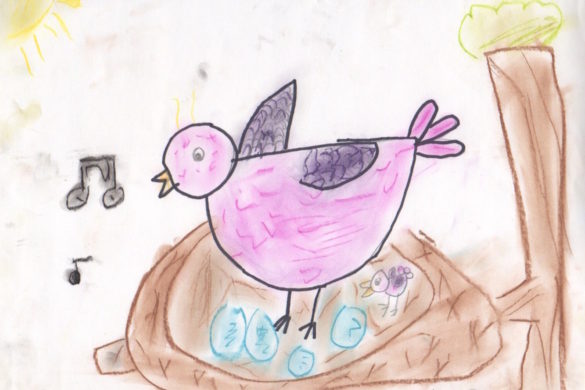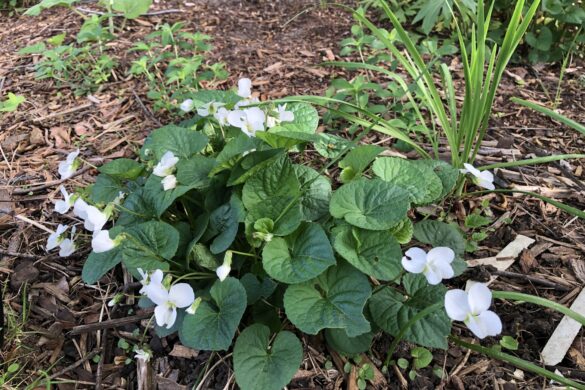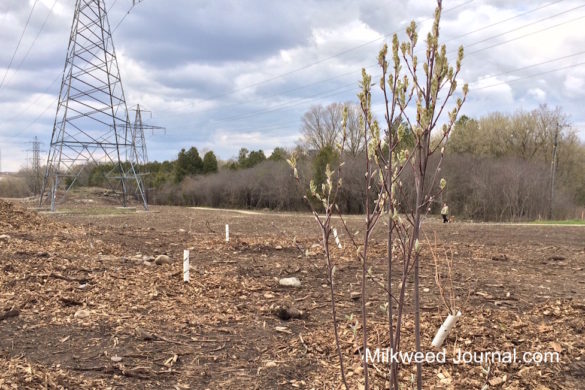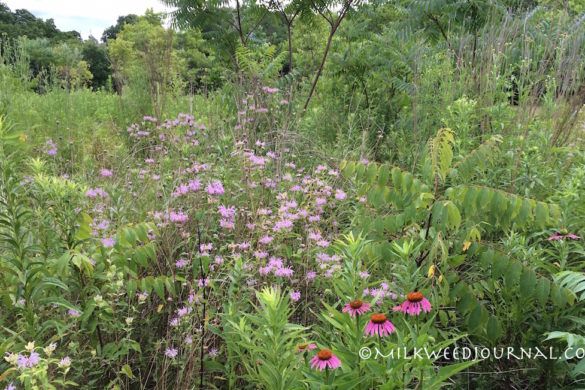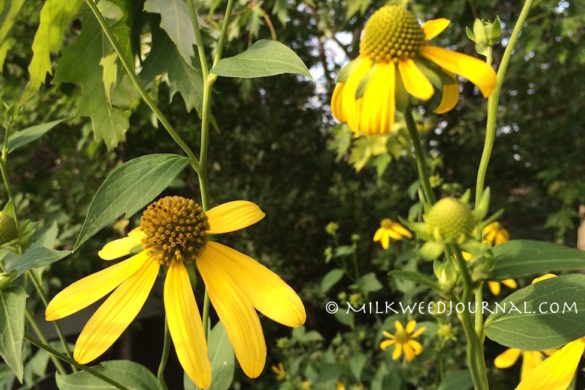As May comes to a close, I have an appreciation for the ground covers that help keep weeds down, serving as ‘green mulch.’ There are a number of native ground covers that support pollinators and songbirds and are vastly preferred alternatives to invasive periwinkle (Vinca minor) and ivy for shady spots.
Here are 3 that bloom in spring:
Canada Anemone
The white buttercup flowers of Canada anemone (Anemone canadensis) are beginning to open, brightening up shady spots. This hardy native ground cover is native to eastern North America. It is a champion spreader in part-shade to sun locations. Every year I pull out or give away seedlings that I don’t want to keep it more or less in its place. It is drought tolerant and a good option for under trees. It attracts native bees, including small Carpenter Bees, Sweat Bees and Mining Bees.
Wild Geranium
Wild Geraniums are also beginning to bloom. I’m not sure of the exact geranium species in my garden currently but I do have several Geranium maculatum plants on their way from Native Plant Source. Wild geranium does well in almost any condition: sun to part-shade, sand or clay, dry to moderate moisture. The bright pinky purple blooms and finely cut leaves are lovely. It provides nectar for hummingbirds. Bee visitors may include: small carpenter bees, cuckoo bees, mason bees, and sweat bees, according to Restoring the Landscape with Native Plants.
Bunchberry
Bunchberry (Cornus canadensis) is also another favourite: this woodland ground cover is actually a tiny dogwood shrub with showy white wildflowers at the end of May. It requires moist conditions and is perfect for raingardens. It’s harder to establish but over time forms a carpet-like mat. Small red berries appear in late summer feeding songbirds.
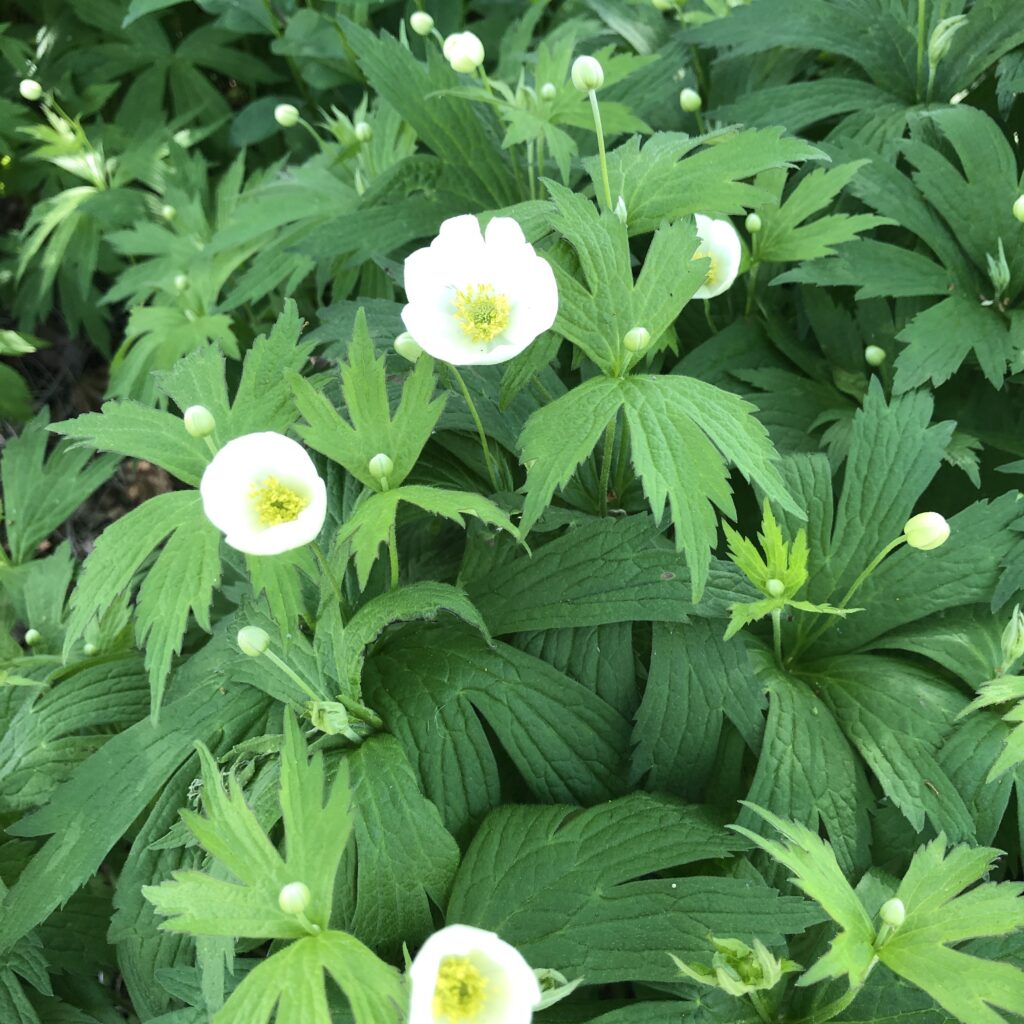
Canada anemone 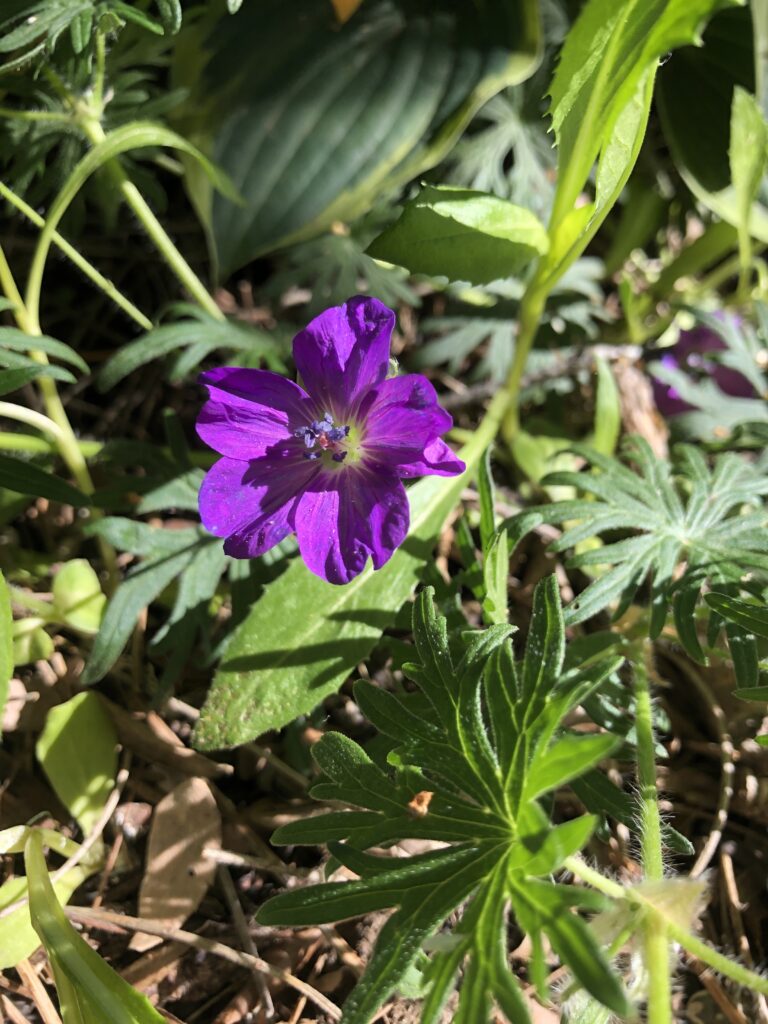
Wild Geranium 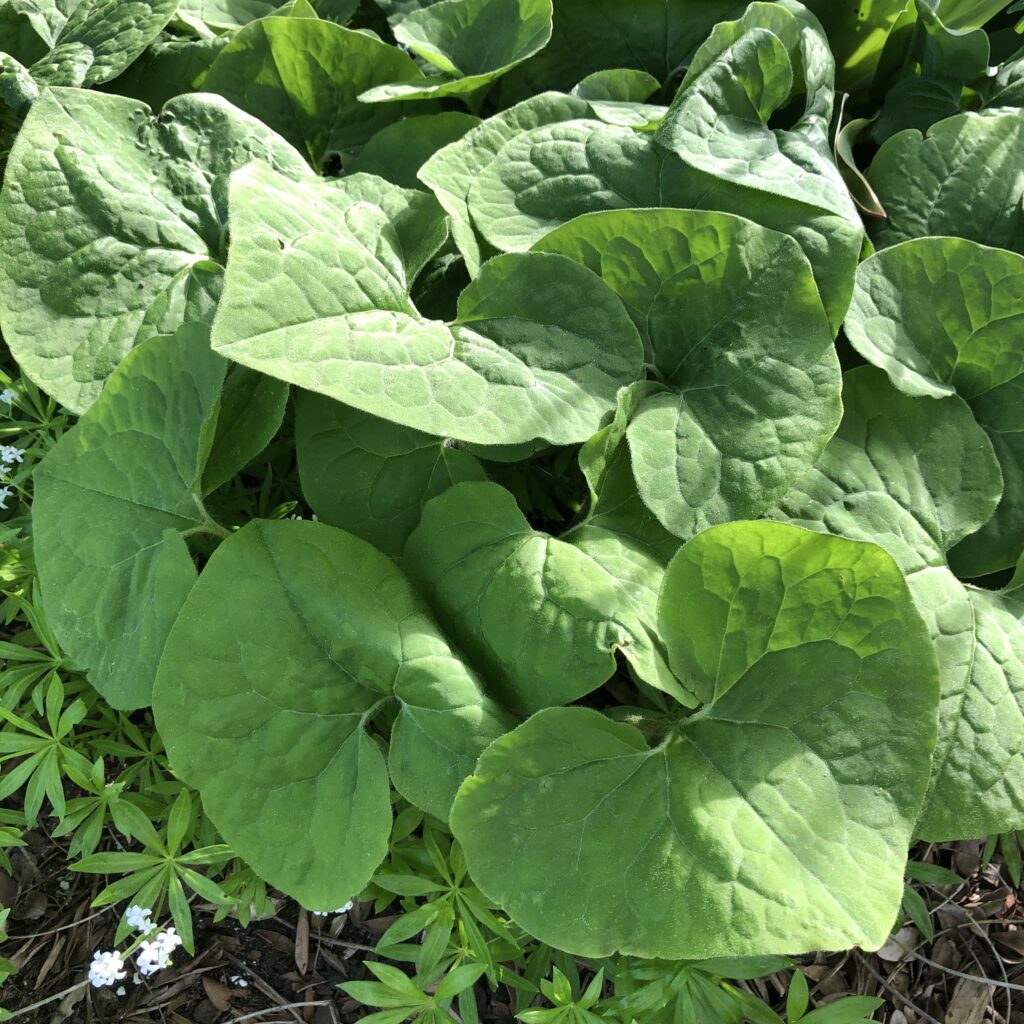
Wild Ginger 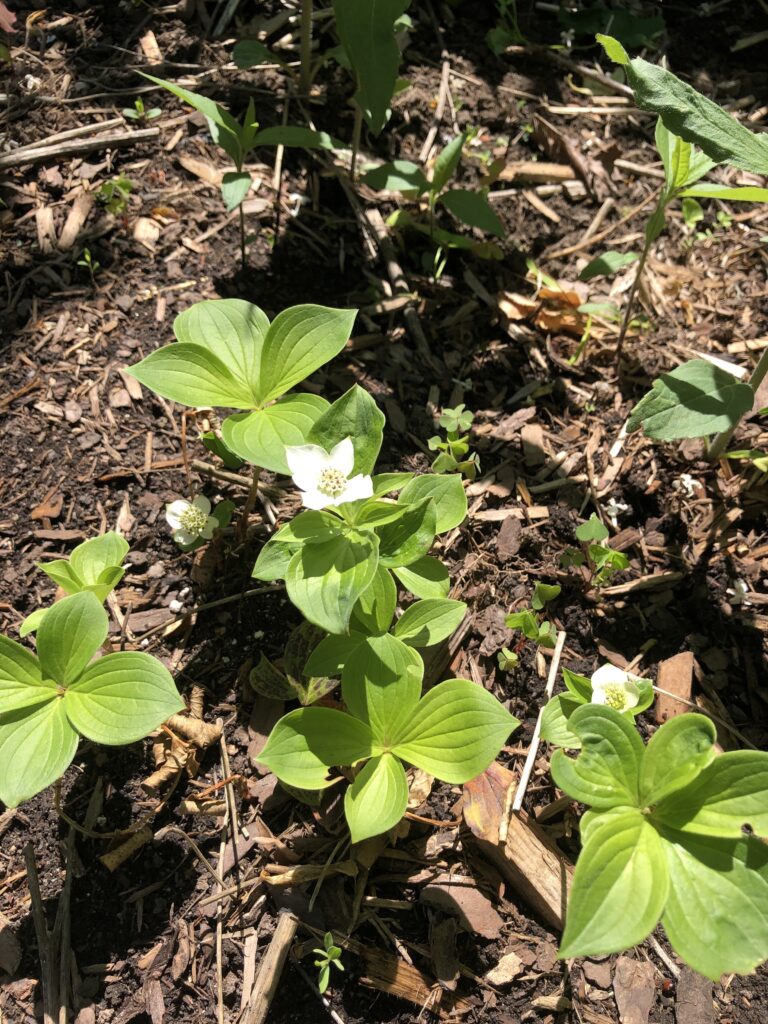
Bunchberry
Other native ground cover options
Wild Ginger (Asarum canadense) is another great option for shady, moist spots. It has lush, heart-shaped leaves and grows about 6-inches high. It is the larval host for the Pipevine Swallowtail butterfly. I also have some Bearberry (Arctostaphylos uva-ursi), which is harder to find from native plant nurseries – I purchased a few plants from a local garden centre last year. Bearberry supports native bees and is the larval host for several butterflies and moths that are native to North America.
Also in the garden this week, the chickadees are still busily foraging for insects to feed their babies in the nest. Mama robin is sitting on her eggs in the cedar tree. Berries have appeared on the elderberry bush. The spiderwort is beginning to bloom. Big bluestem grass is coming up. The Canada columbine is at its zenith. Virginia bluebells have gone to seed, and the shooting stars are fading.
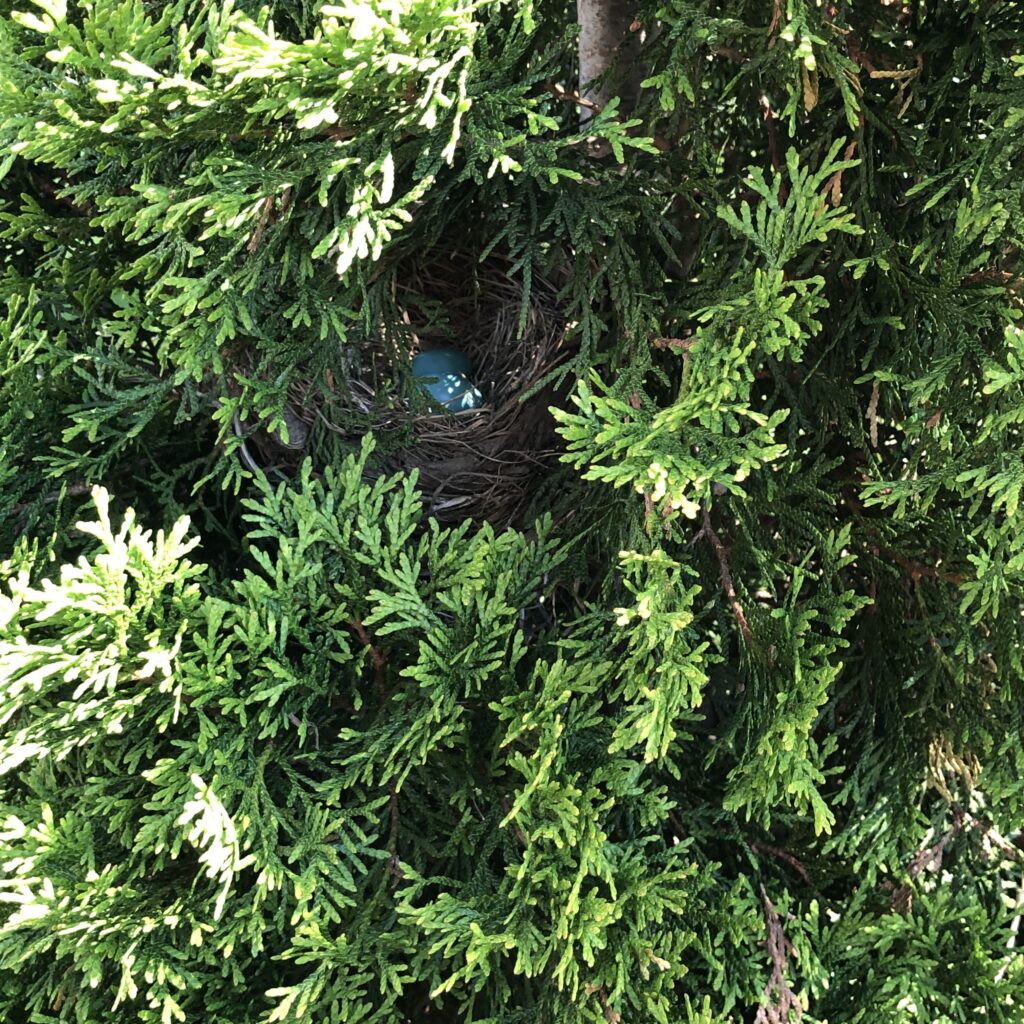
Robin’s nest 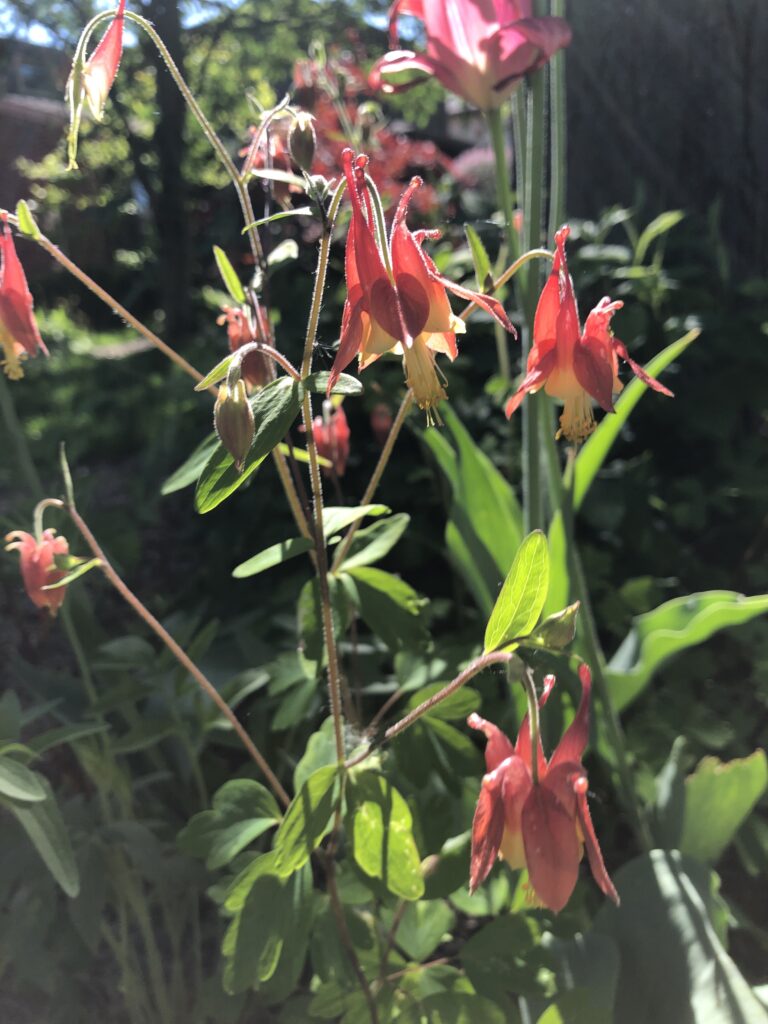
Canada columbine 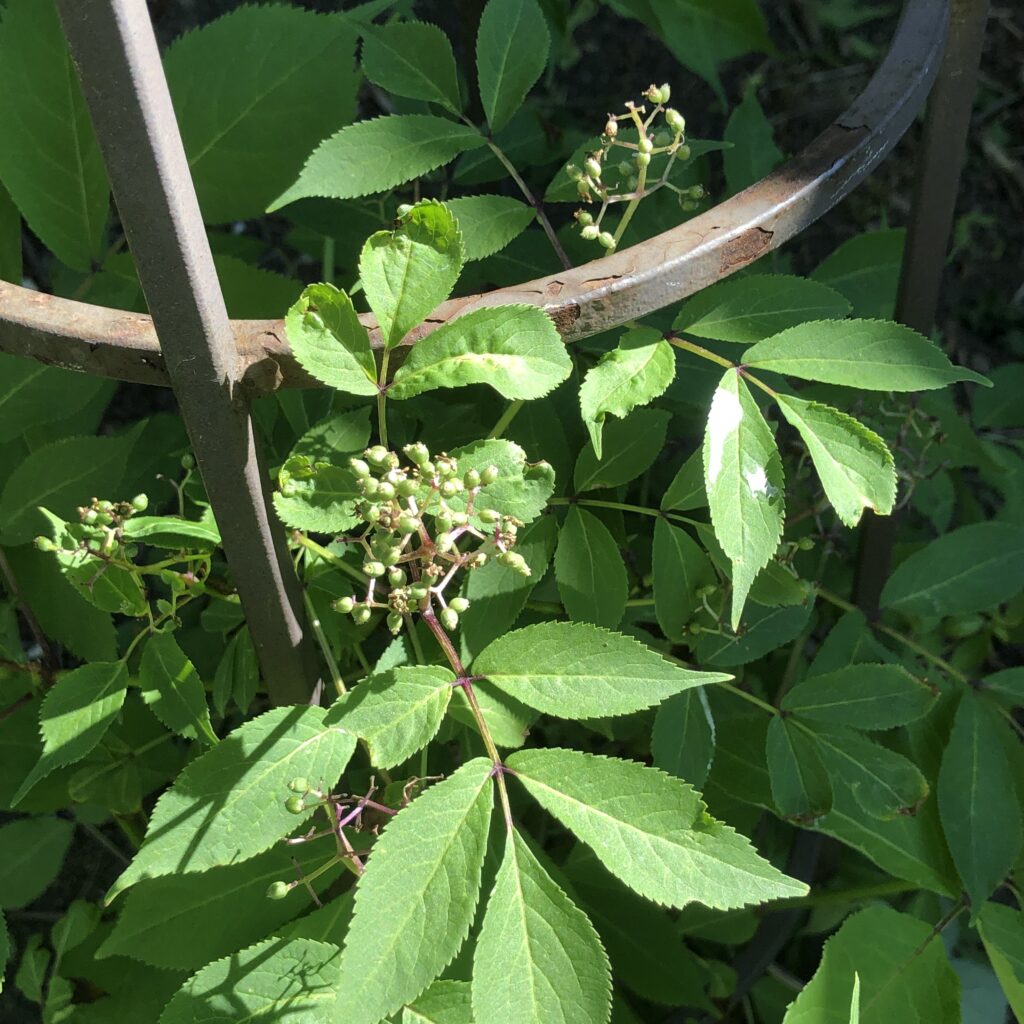
Elderberry berries 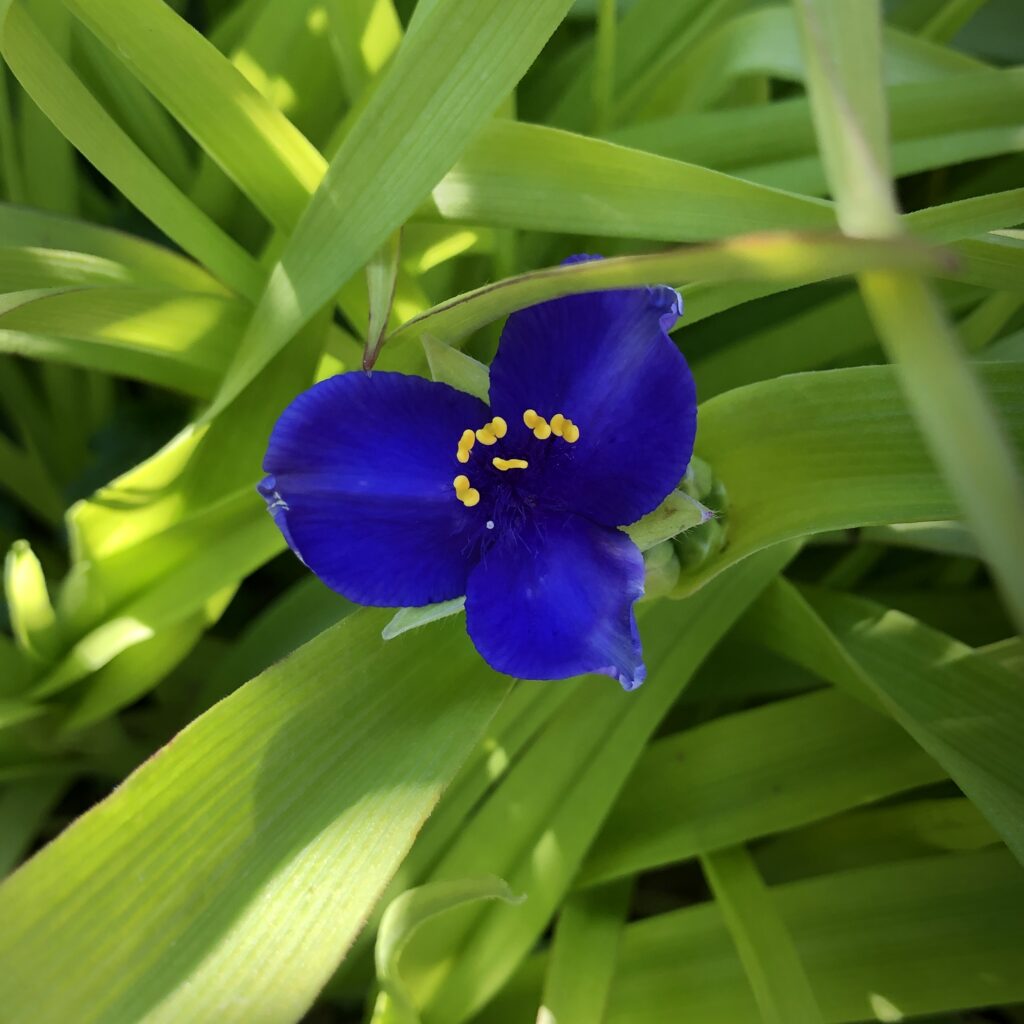
Spiderwort 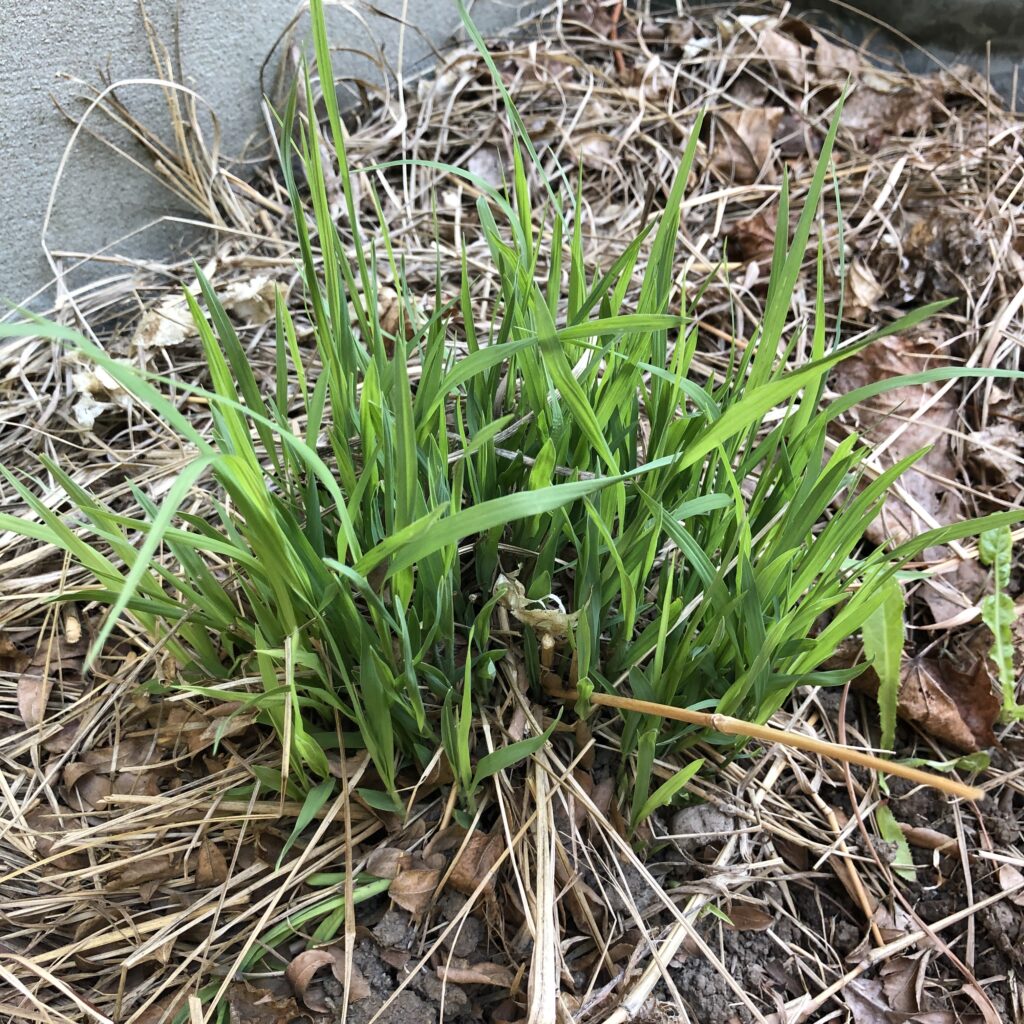
Big bluestem grass 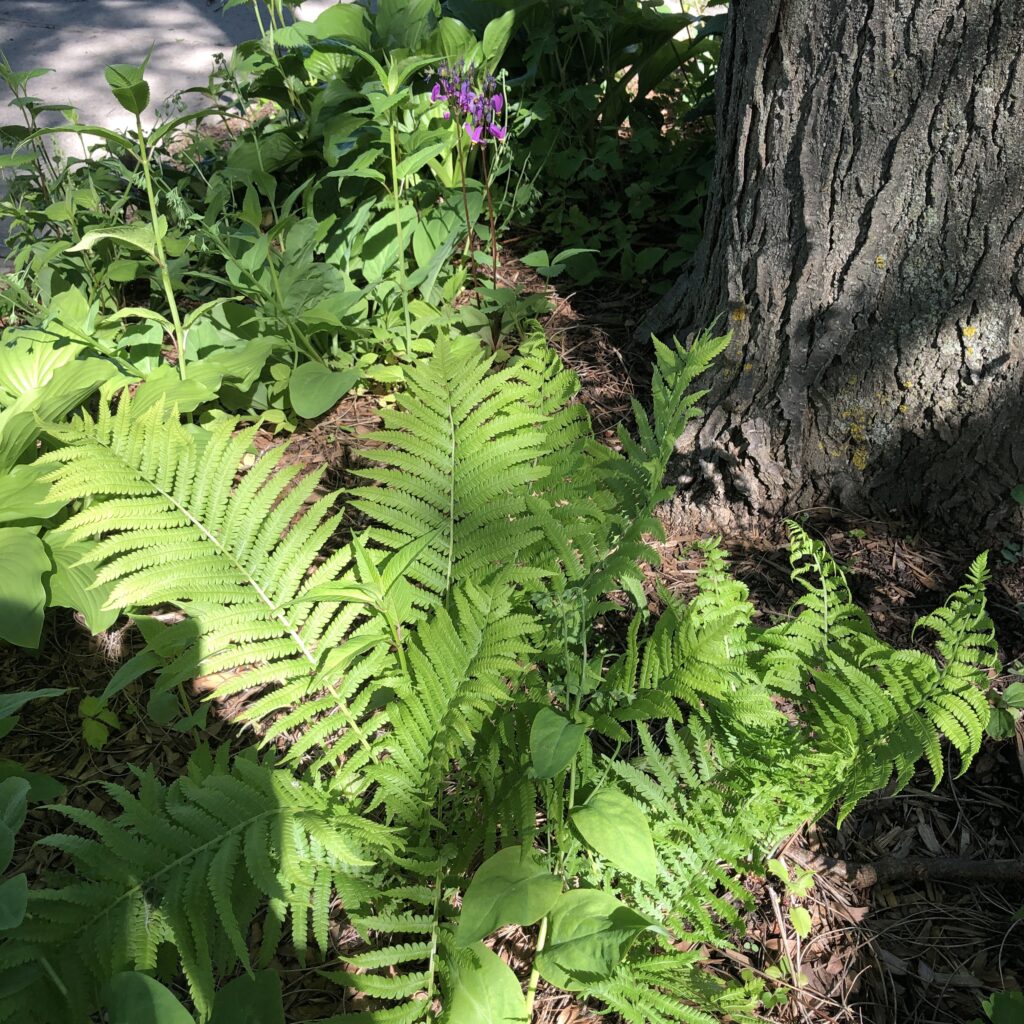
Fern 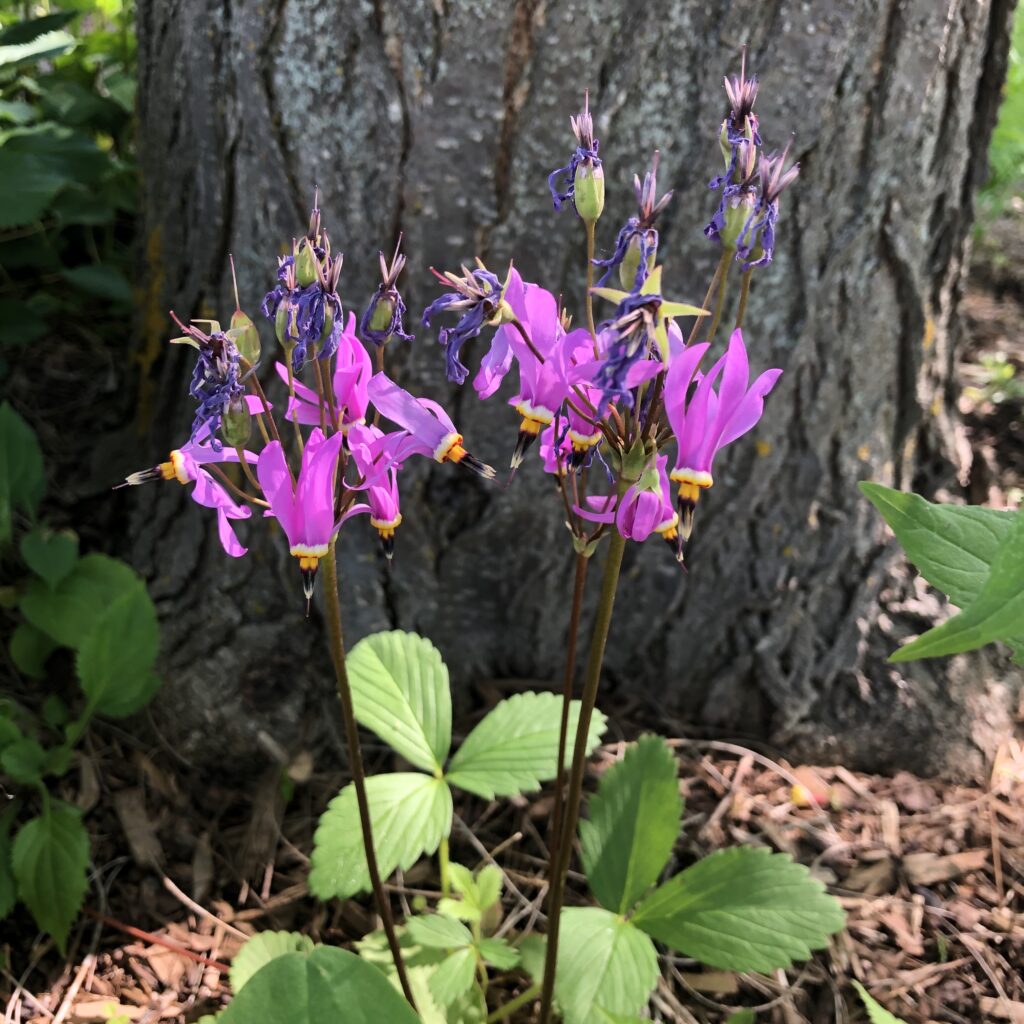
Shooting stars going to seed
— Stacey

